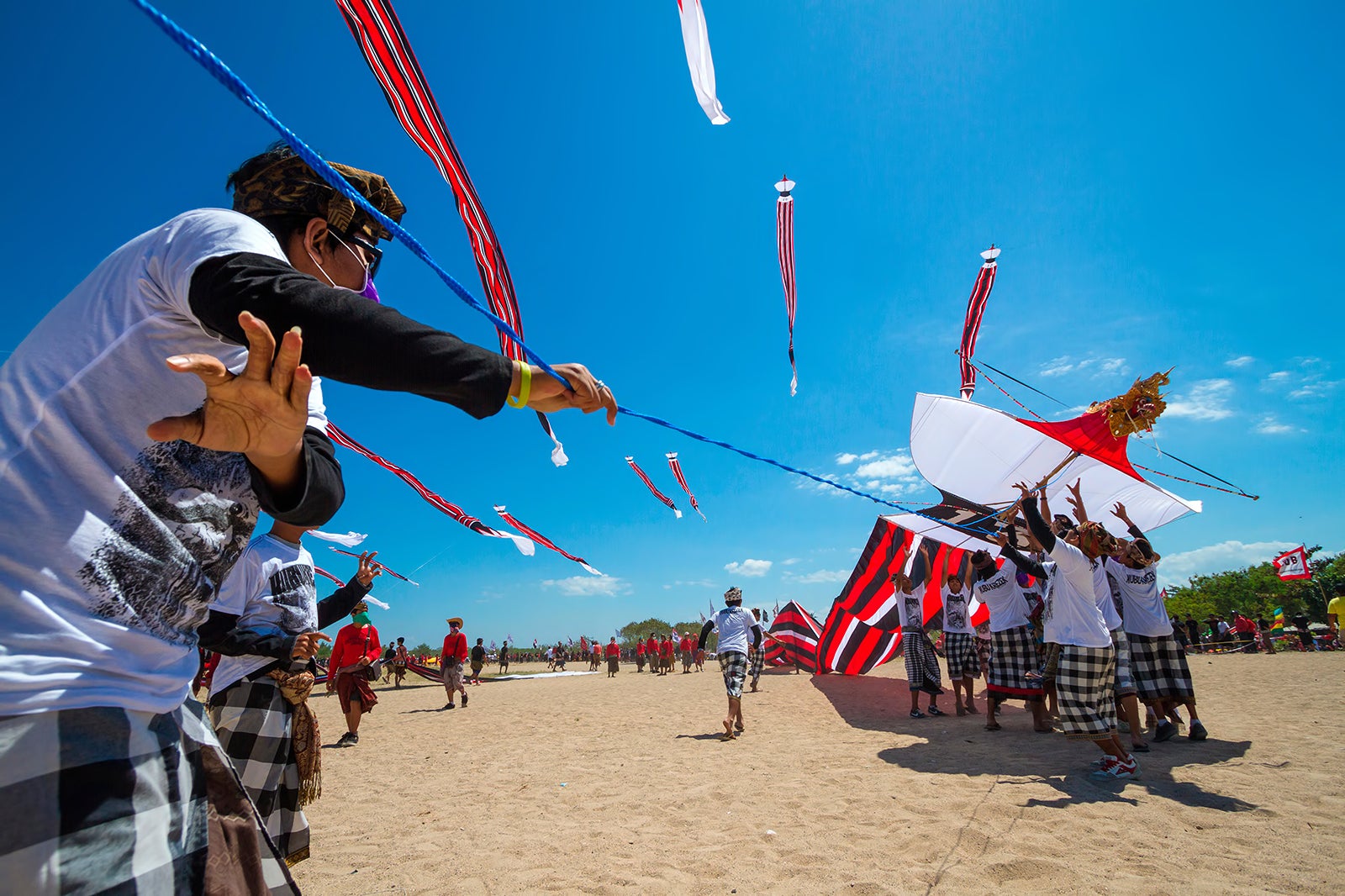
Usually, the festival takes place from July to August, when Bali experiences the windy season. In 2023, this spectacular event will begin on June 25 at Pantai Tangtu.beach, near Sanur. It is one of the most vibrant events in Bali during the winter season.
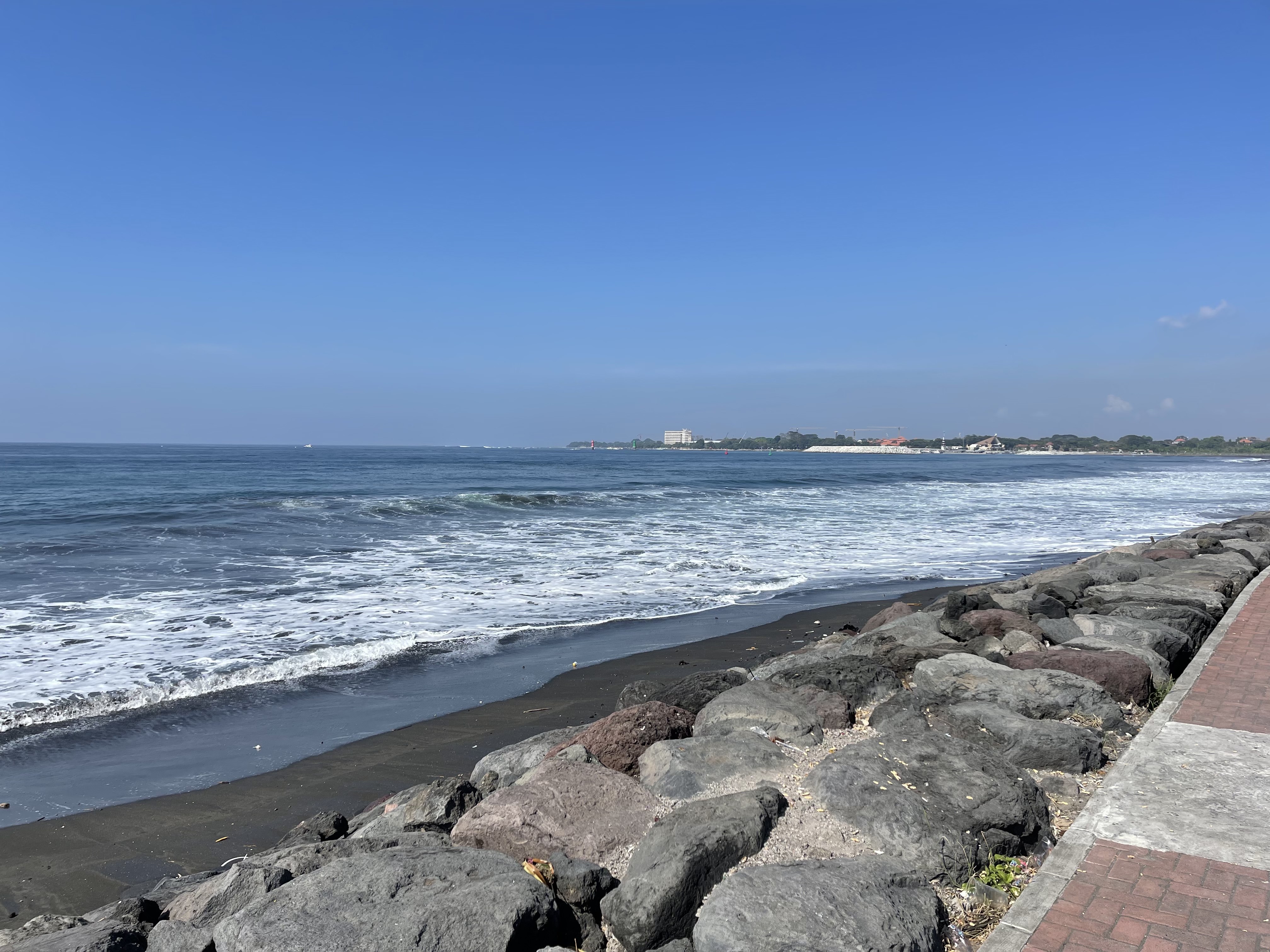
Event Schedule
The main event will take place on Sunday, June 25, at Pantai Pantai Tangtu..
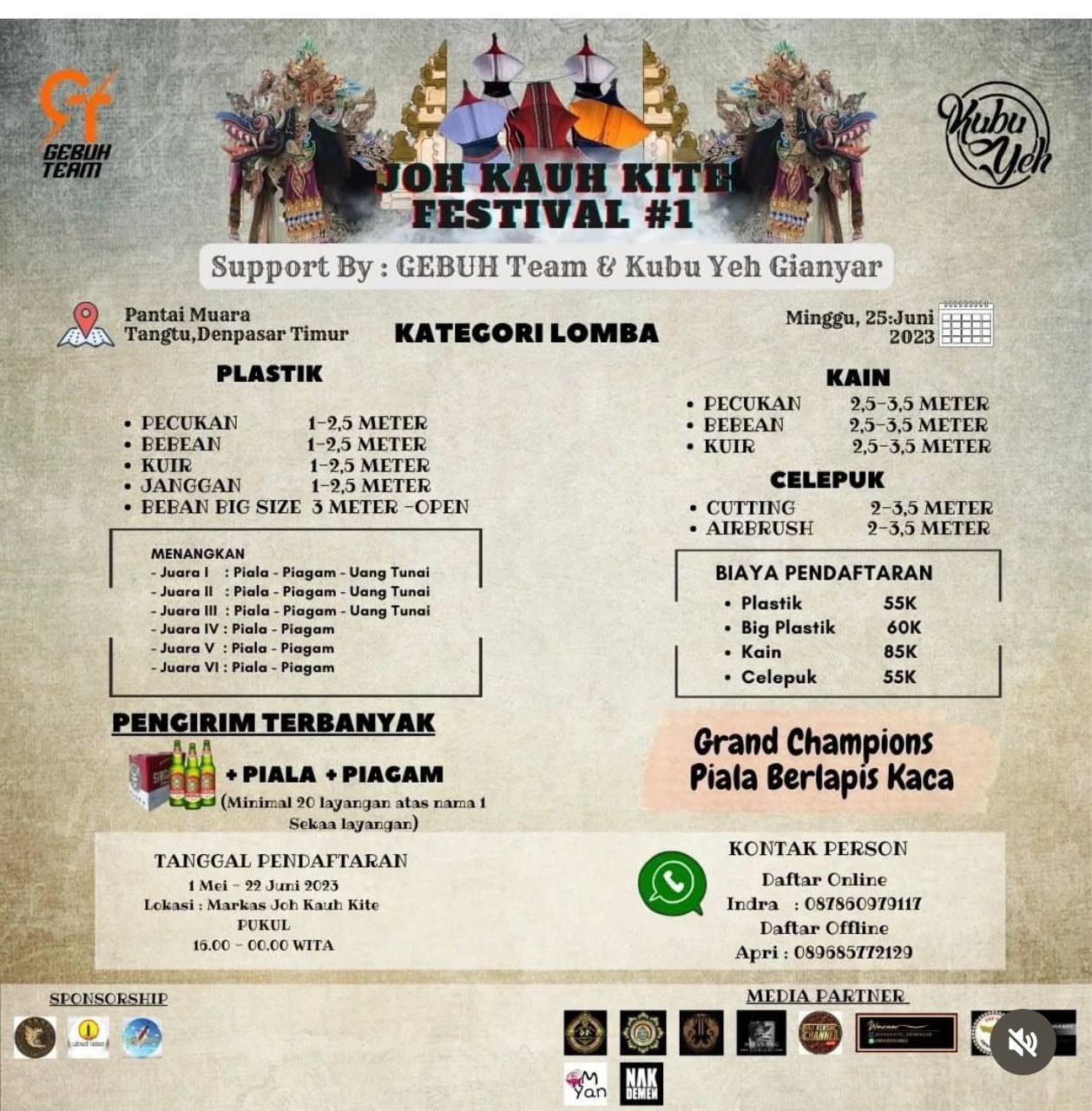
On July 12-13, an international kite festival will take place on Mertasari Beach in Sanur, where anyone can submit their application.
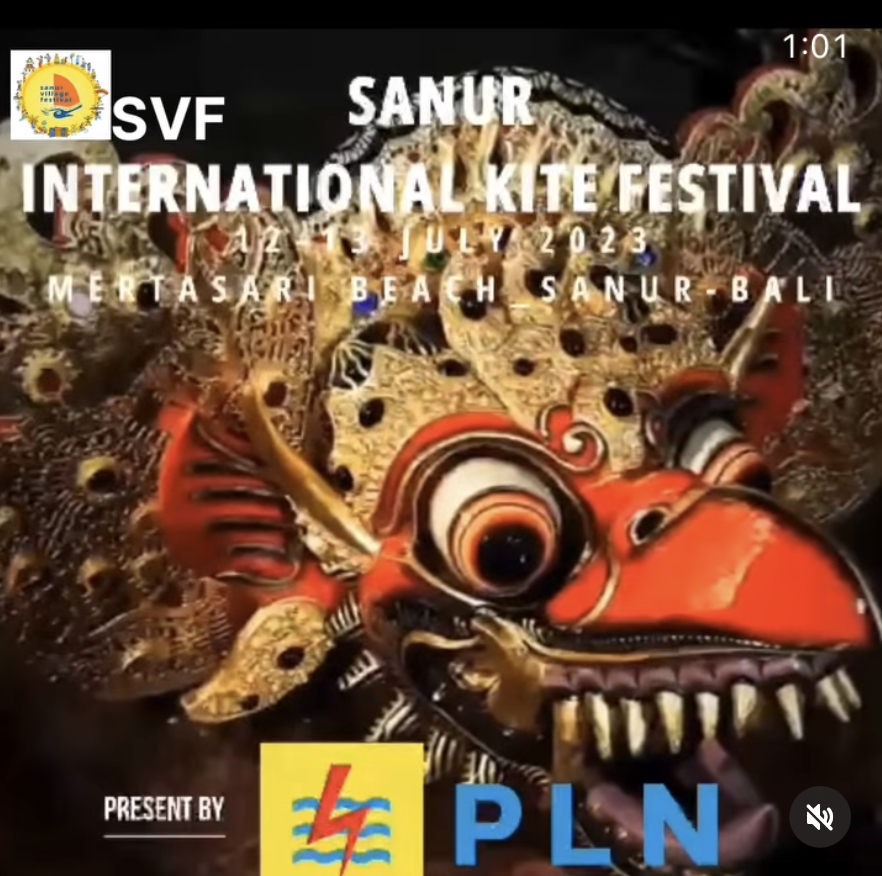
On July 9th, the competitions will be held in Canggu at Pantai Kayu Putih beach.
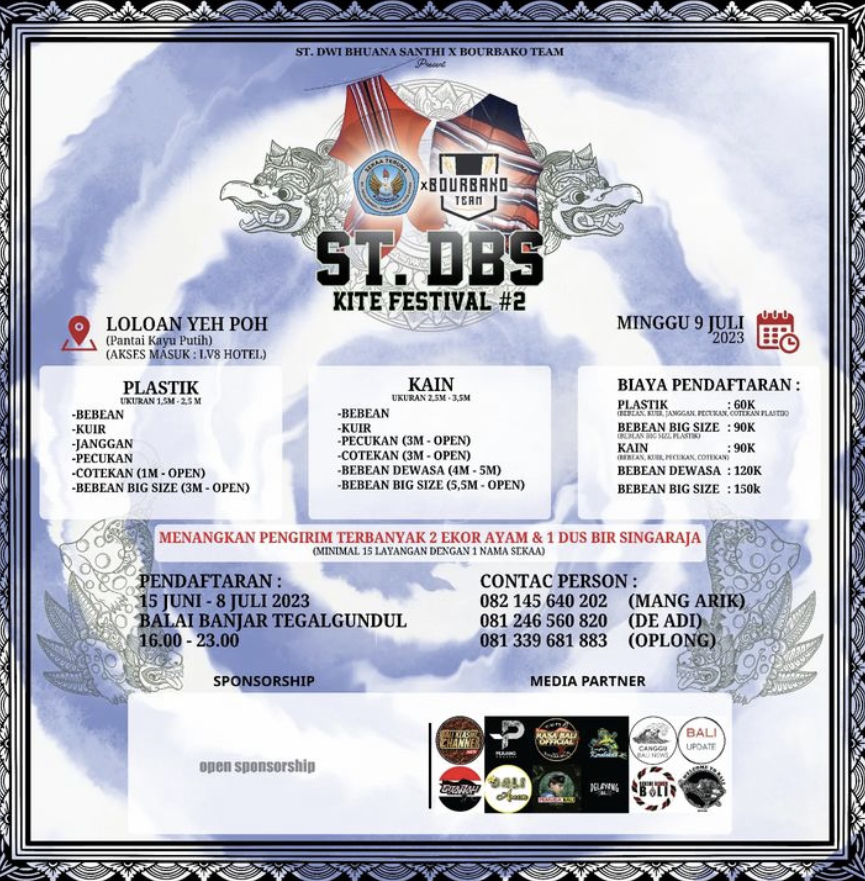
From June 30th to July 2nd, the Ogo-Ogo figure (papier-mâché sculptures) competitions will take place at Pandawa Beach.
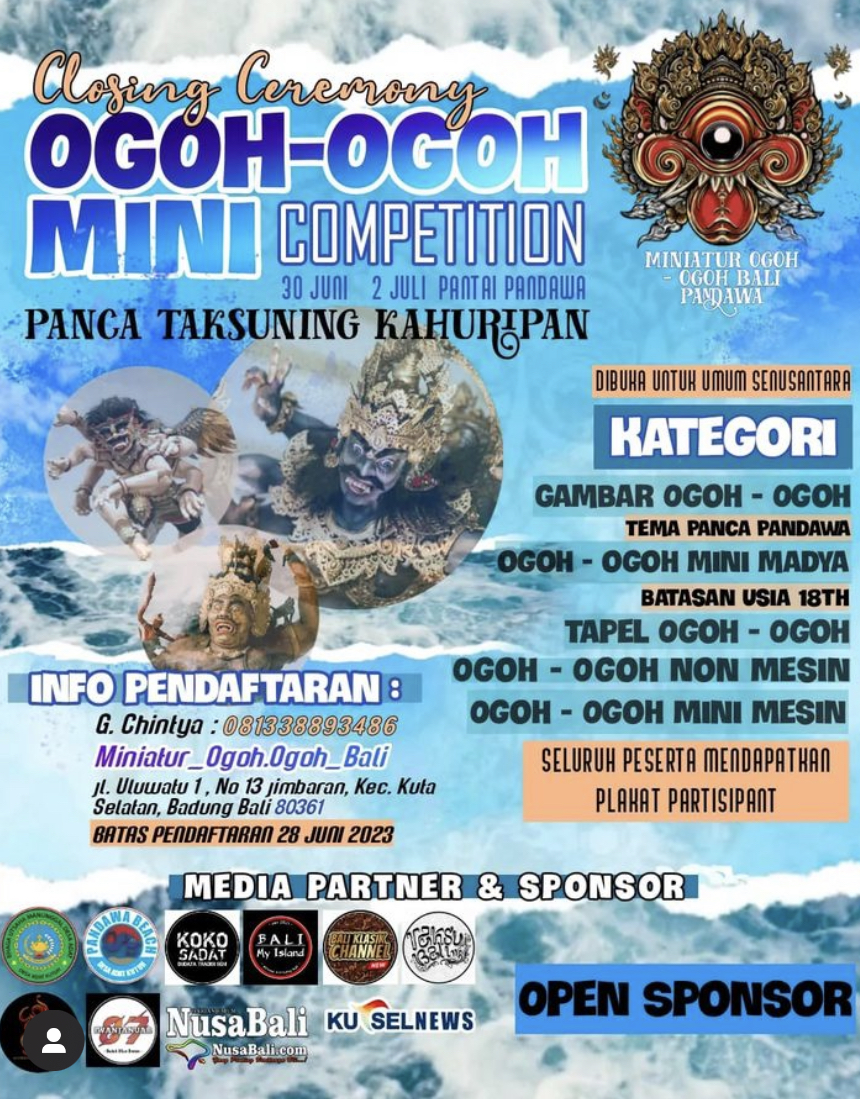
On July 23rd, there will be a competition dedicated to the making of Barong. Barong is a fantastic creature resembling a lion, a spirit of goodness and the mythical protector of Bali, who defends the island against evil forces.
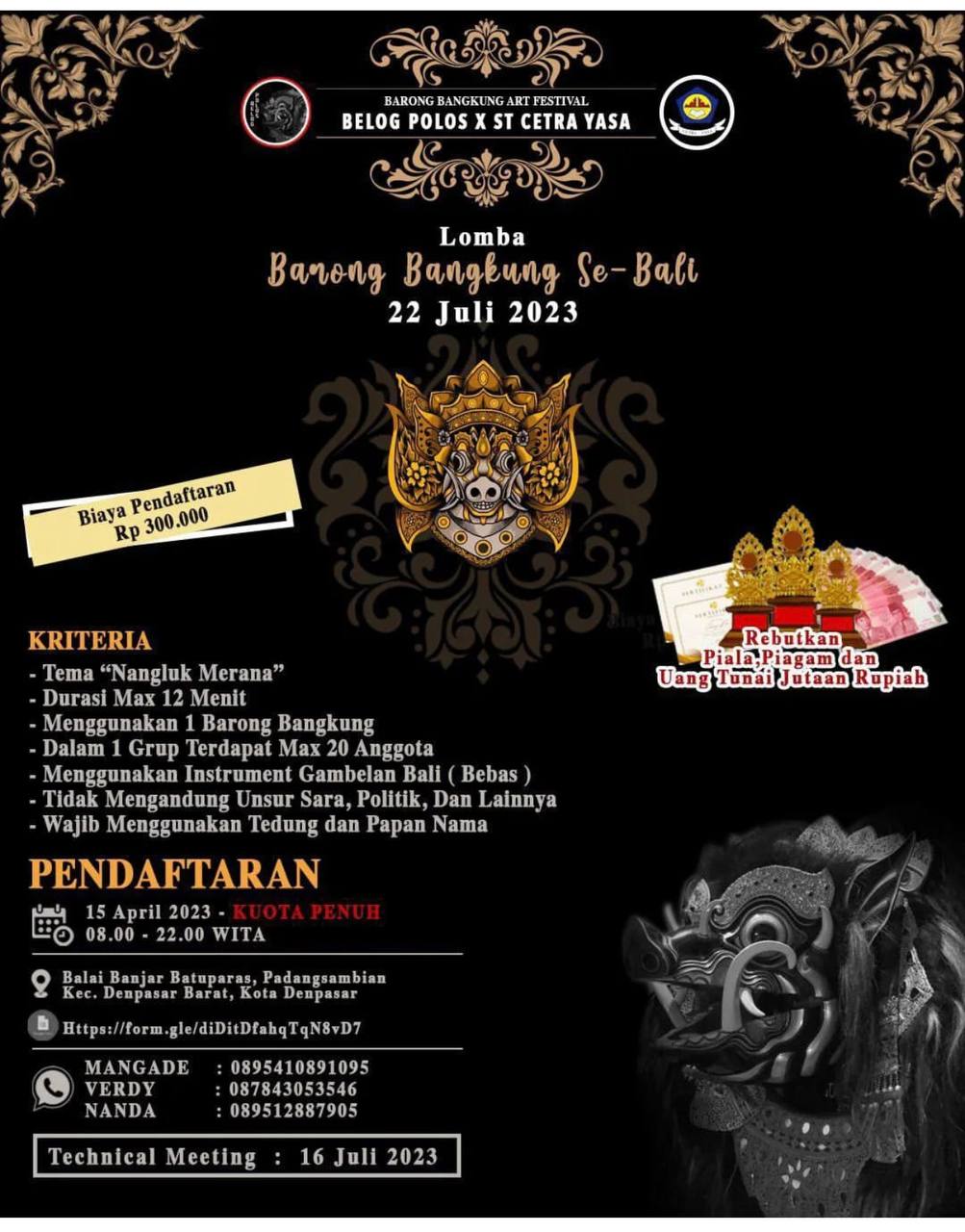
On August 13th, kite flying competitions will take place in the village of Singapadu (near Ubud) at the school grounds.
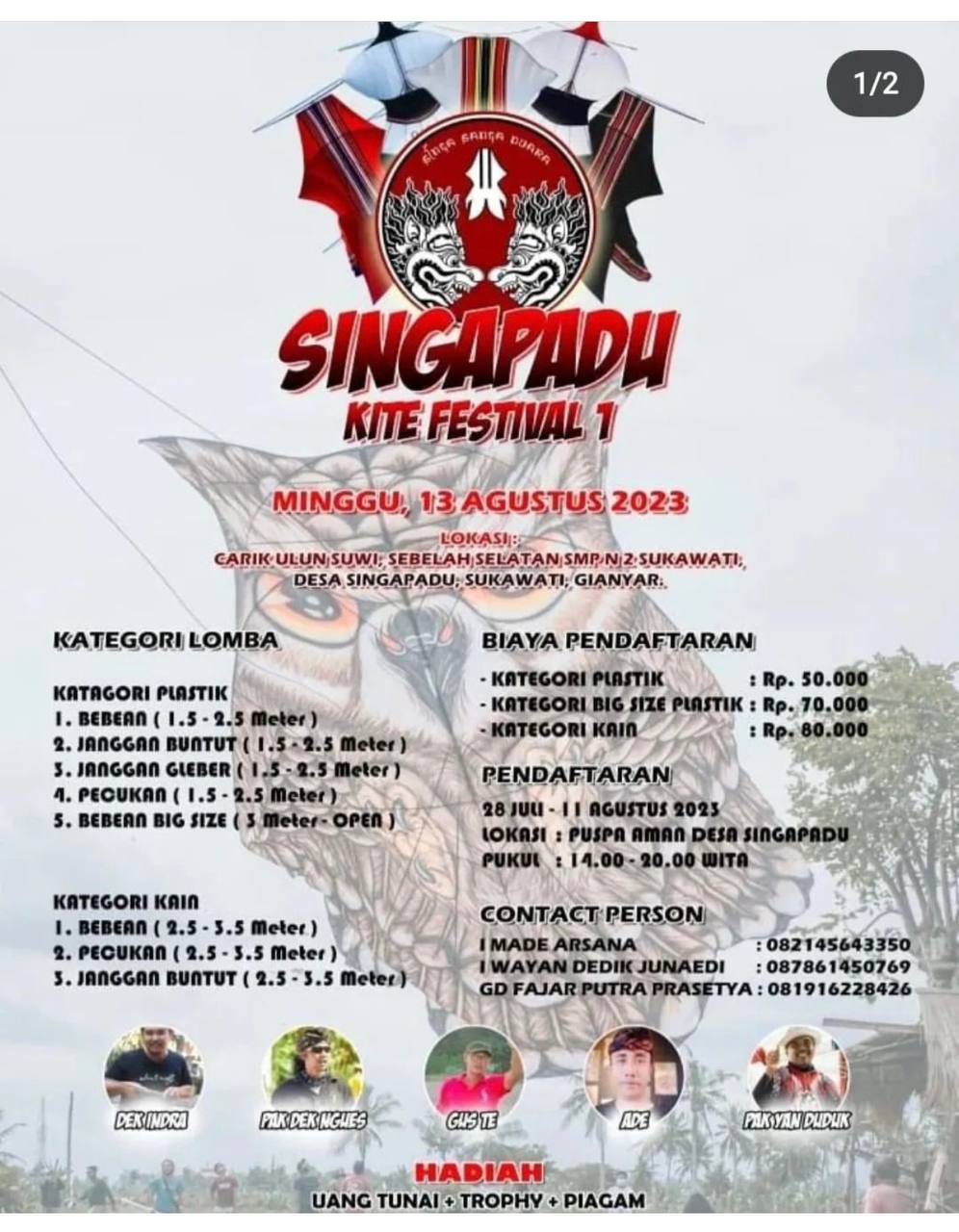
On August 20th, the festival will take place in Denpasar.
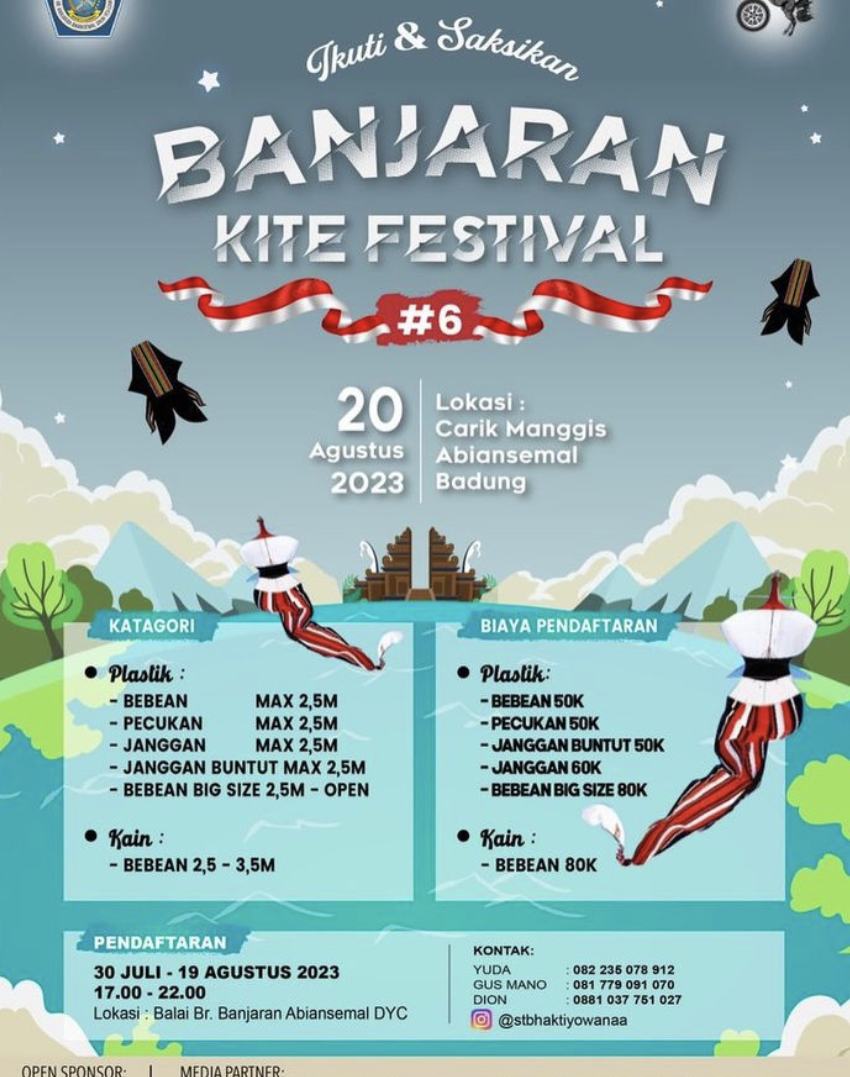
Hundreds of participants from all over the island will gather on the beach to showcase their kites. Balinese people spend weeks handcrafting these kites in preparation for the festival.
Initially, the festival dates are set, and then local residents gather to compete with each other and foreigners in kite flying. The opening ceremony of the kite festival takes place in June, while the closing ceremony takes place in August-September. During these months, the ocean wind creates perfect weather conditions for kite pilots to compete. Since the events are heavily dependent on weather conditions, the dates change every year.
Throughout the festival, a gamelan orchestra performs traditional Balinese music. The sound of gamelan is wild and chaotic, characterized by strong dynamics. Improvisation plays a significant role, and the learning of parts is mainly done by ear.
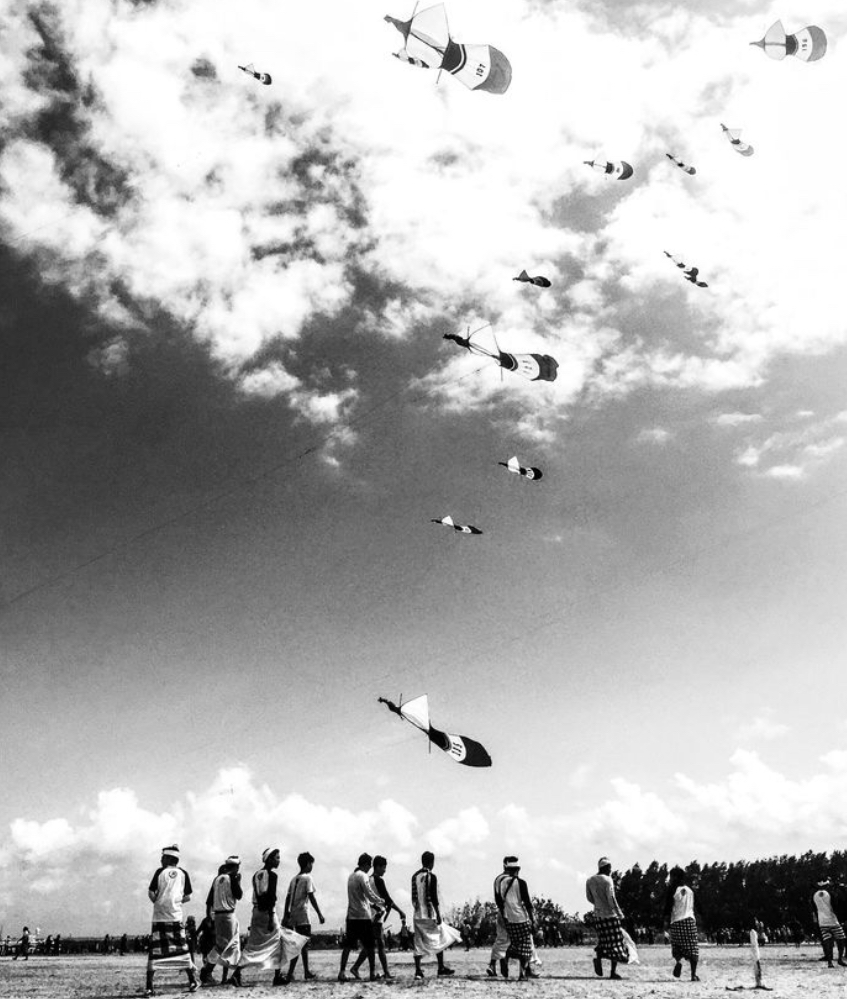
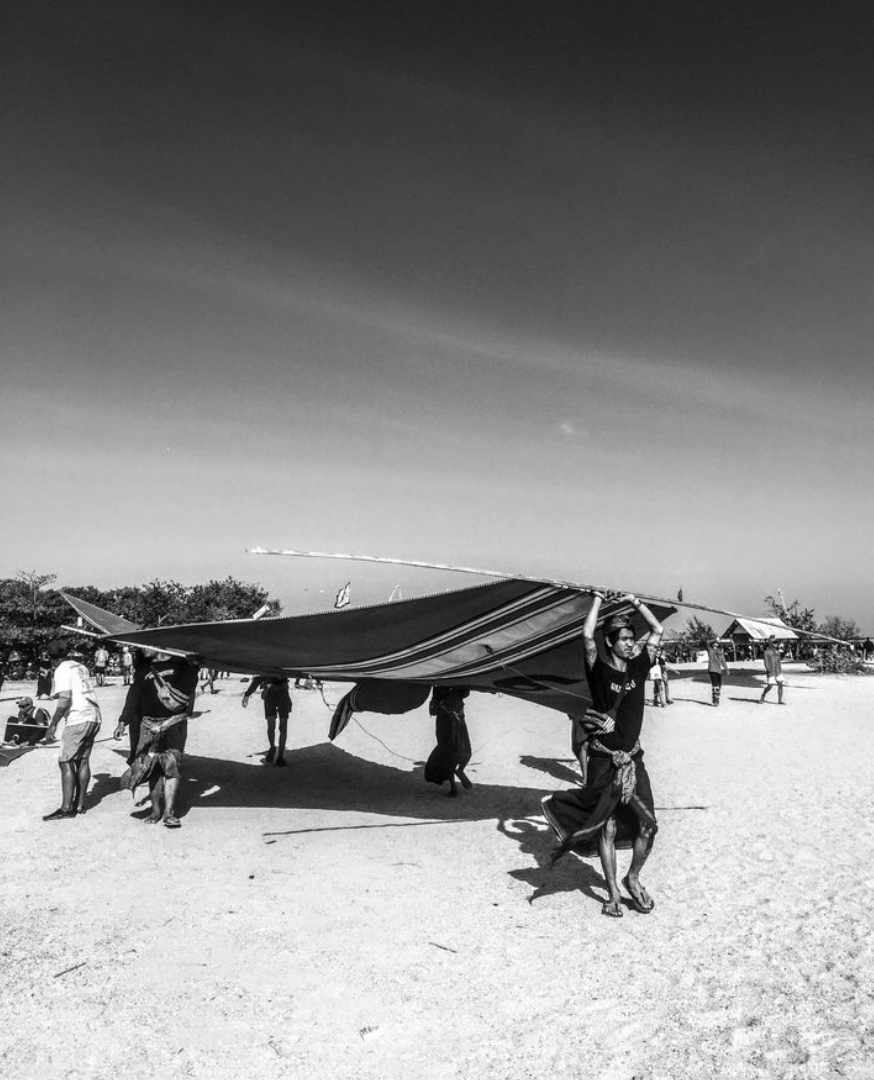
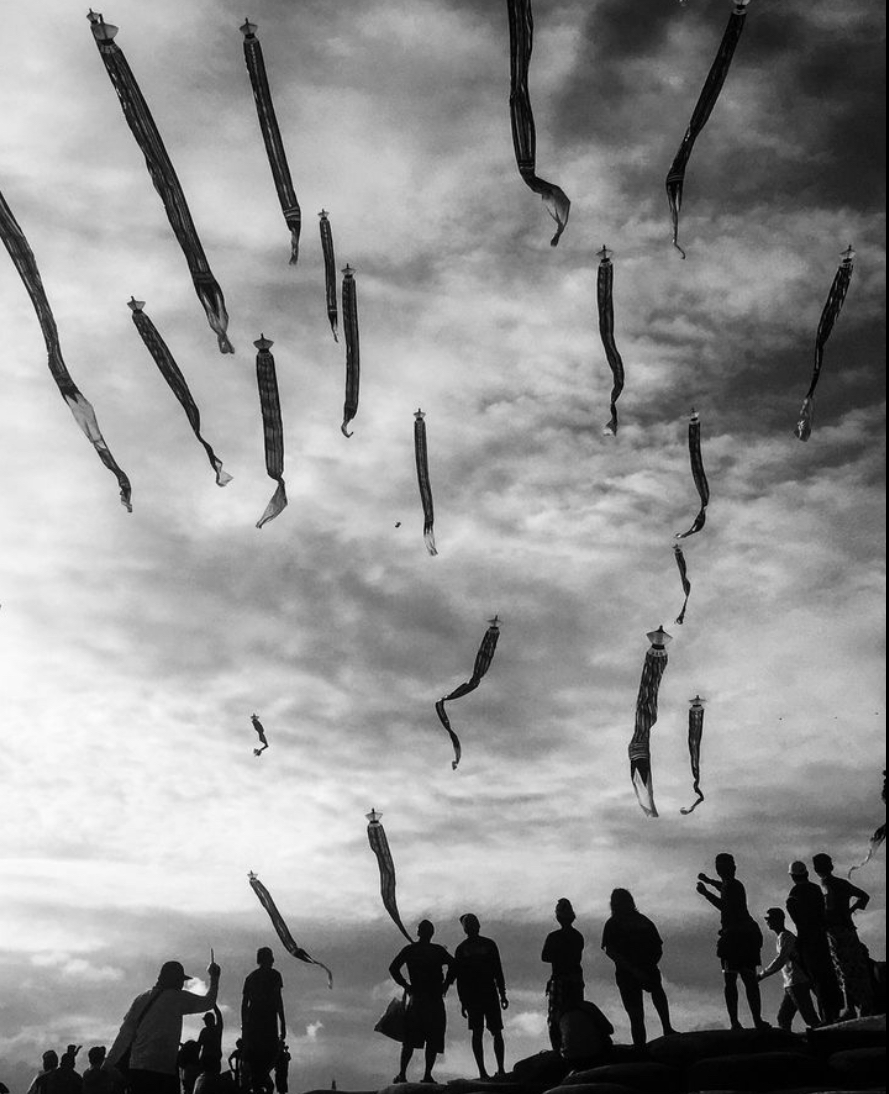

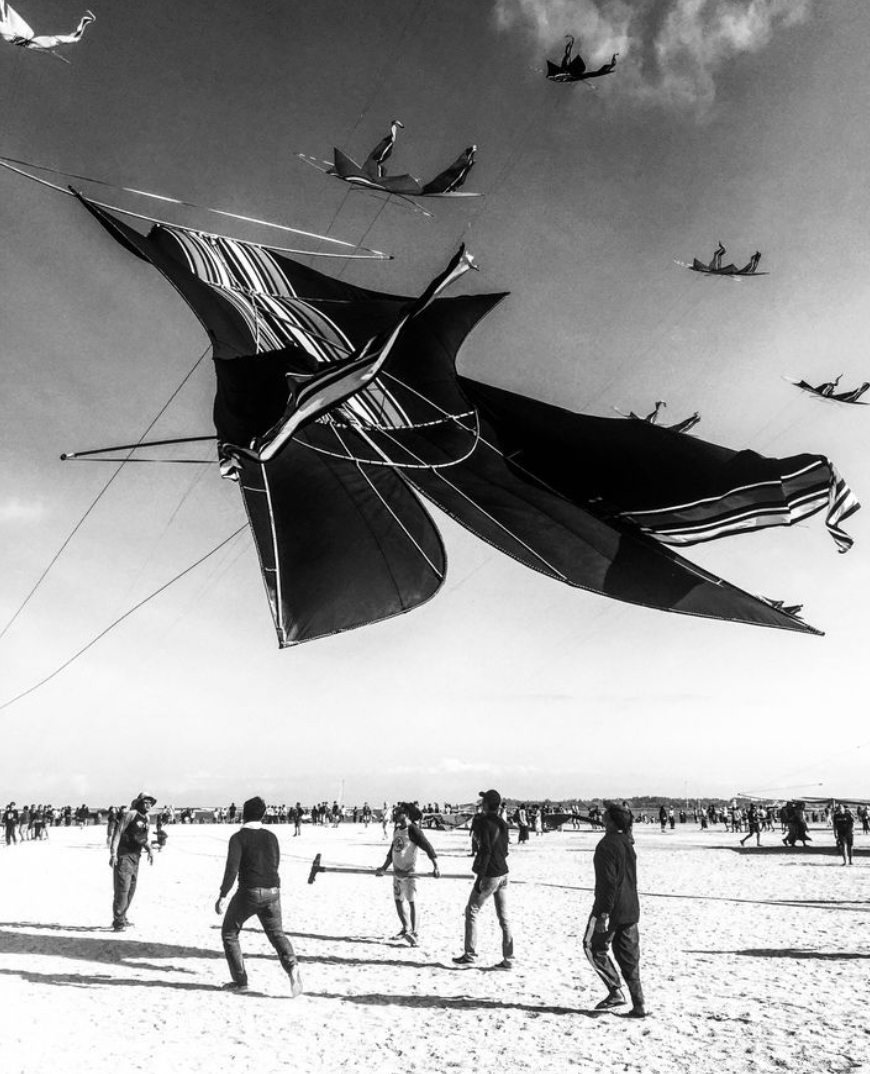
View 2
more photo
more photo
History
The Balinese kite festival is an international festival dedicated to popularizing and preserving Balinese traditions. The tradition of kite flying in Bali dates back to ancient times and is closely related to the island's agricultural life.
Originally, kites were flown to send messages to the gods, seeking abundant harvests. Over time, this agricultural ritual evolved into a collective activity and eventually transformed into the competitive and creative festival that we observe today.
Festival Kites
The kites flown during the festival are works of art meticulously handcrafted by the Balinese people. The kites can be as large as a bus or even a house. There are three main types of traditional Balinese kites:
1. Bebean (fish-shaped) - usually the largest in size.
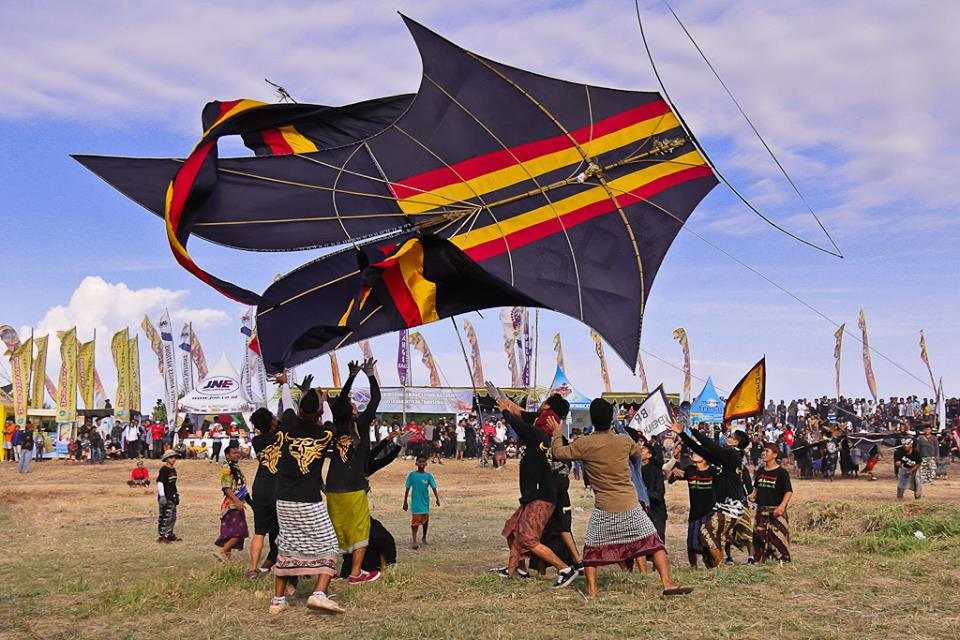
Janggan (bird-shaped) - the traditional type of kites that are characterized by impressive long ribbon tails that can reach up to 100 meters in length. Traditional Balinese kites are enormous. They can sometimes reach sizes up to four meters in width and 10 meters in length. Some models have strikingly vibrant ribbon tails that can reach up to 100 meters in length. They are said to resemble birds in shape, with short and rounded wings.
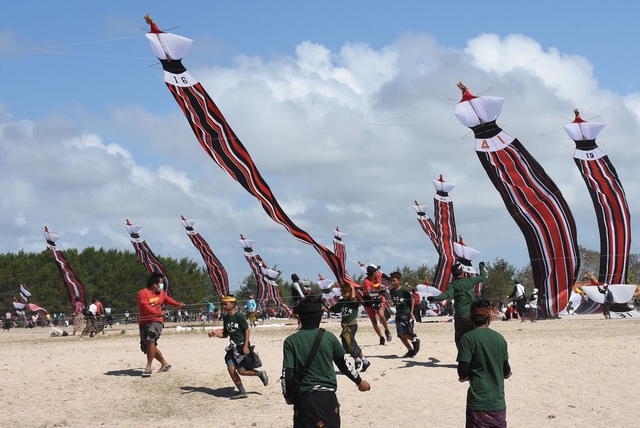
Pecukan (leaf-shaped). Pecukan kites require more than ten skilled pilots, as this type of kite has an unstable shape and can often stumble on the ground.
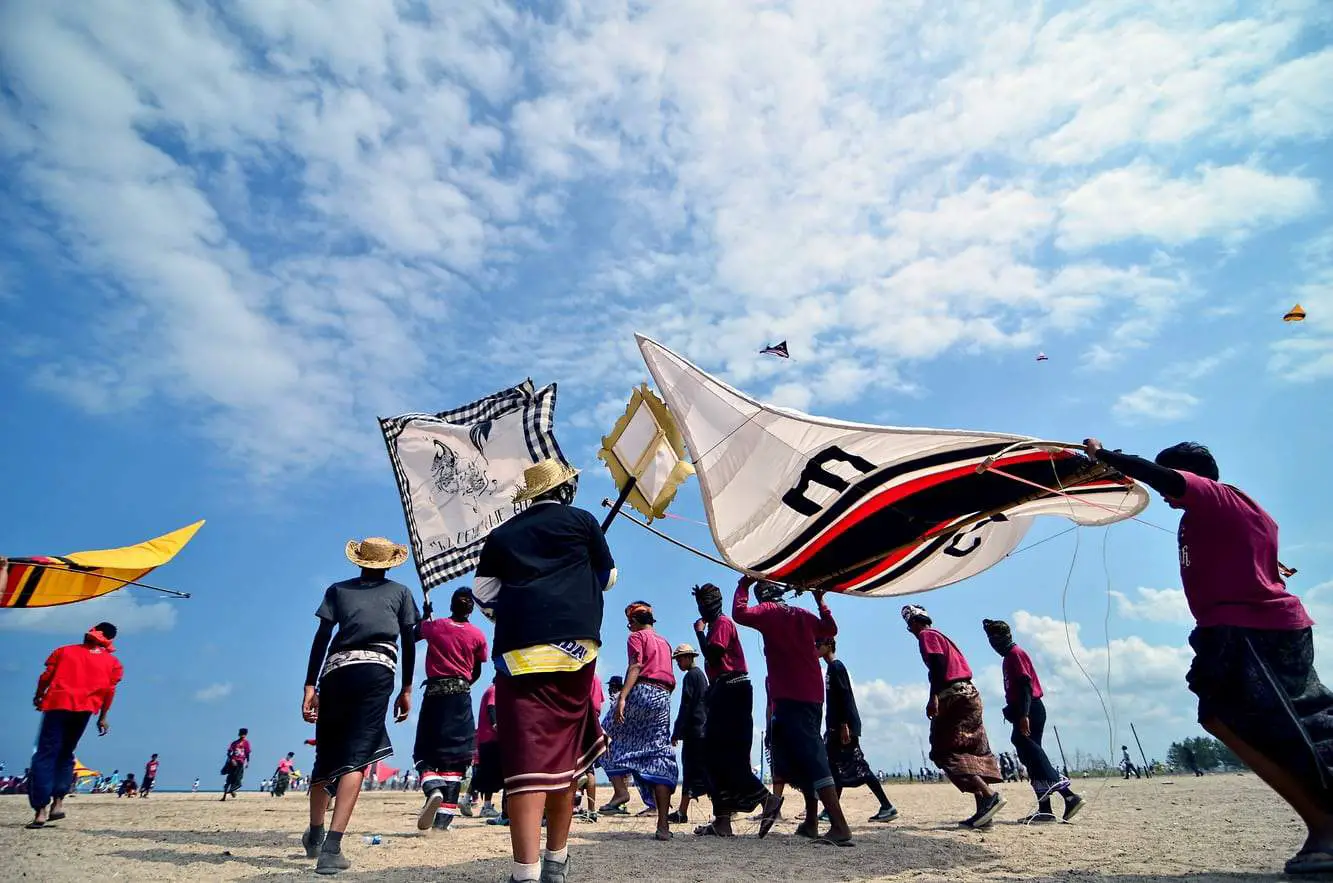
New Creation (Kreasi Baru) - awarded to the most creative and outstanding kite. Kites can consist of intricately designed three-dimensional figures of unconventional designs, such as Hindu gods, cars, motorcycles, mascots, and figures dedicated to sponsors financing the groups.
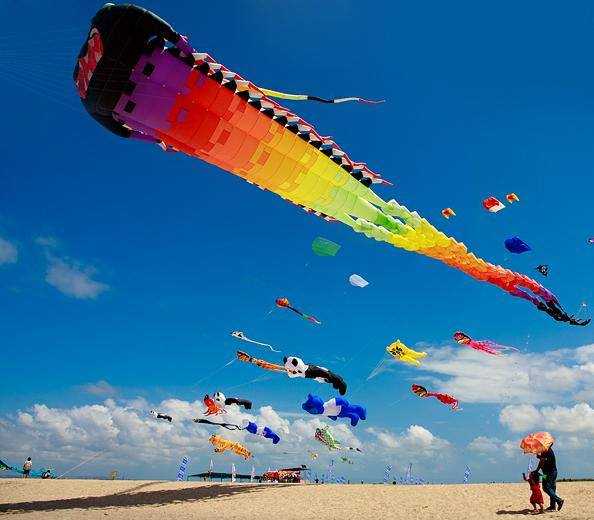
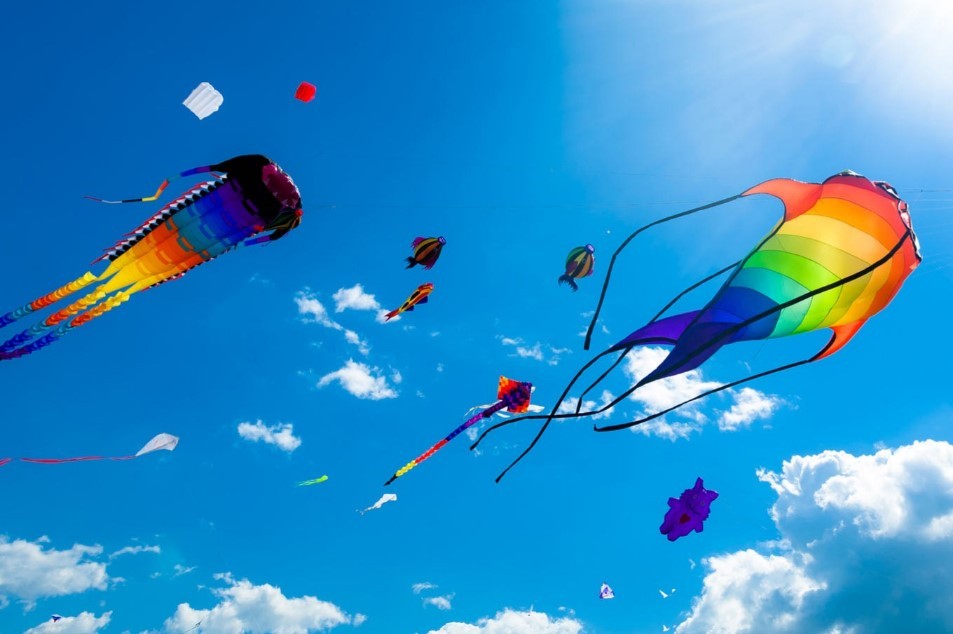
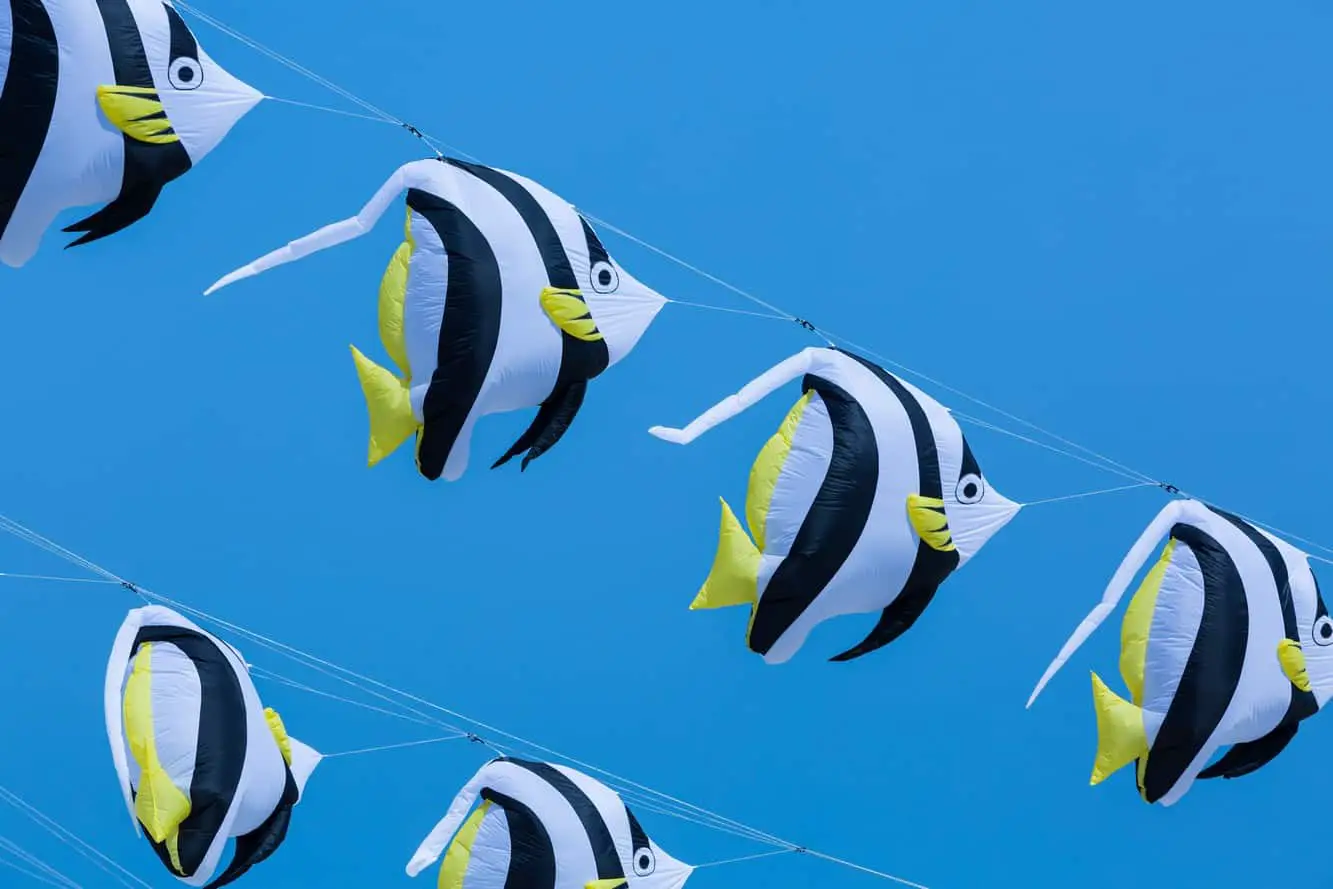
Foto Jakarta Post
The color combination of a traditional kite usually consists of white, red, black, and yellow. Each aspect carries symbolic significance attributed to the Hindu Trinity comprising Brahma, Vishnu, and Shiva. The color red represents Brahma (the creator of the universe); white signifies Vishnu (the protector), while black represents Shiva (the destroyer). Yellow color is added to honor the Devata Nava Sangha (eight gods representing the eight directions).
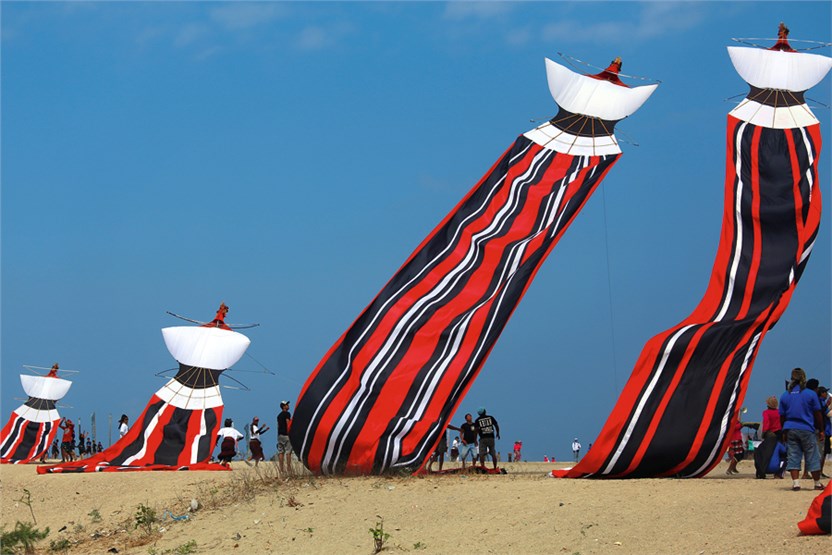
Preparation for the Festival
Preparing for the festival is a communal affair. Teams from different banjars (community groups) spend weeks, and sometimes months, creating their kites. The process involves not only constructing the kite itself but also designing intricate patterns that adorn it.
Currently, teams from both domestic and international origins are invited to the festival. Each team will consist of 70-80 people. The main task of the group will be to assemble their kite during the final event and successfully launch it.
Contests and Prizes
Participants compete for prizes in three different categories: "Best Launch," "Best Design," and "Longest Flight." There will be around ten teams allowed to participate in each type of kite. Winners receive generous cash prizes, but some Balinese people note that earning the respect of their community is more important to them.
For the competitions, each kite is assigned a number. Then the competition follows a strict schedule of slots (for different categories) lasting 20 minutes each. On the last day of the competition, over 500 kites usually compete throughout the day.
You can add one right now!